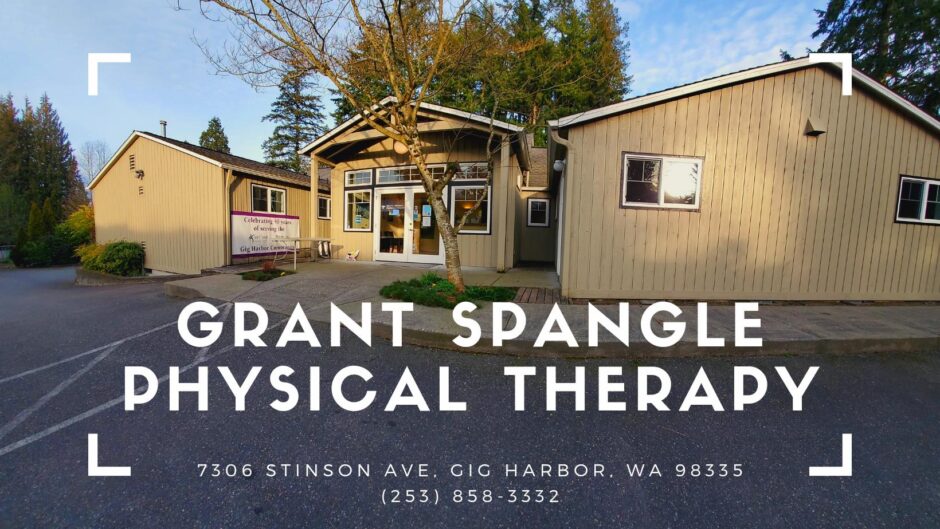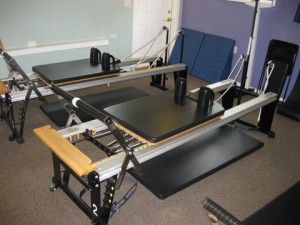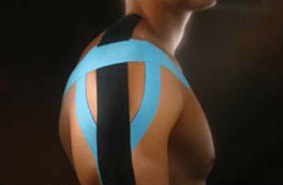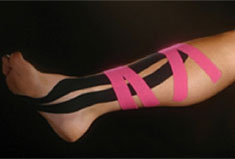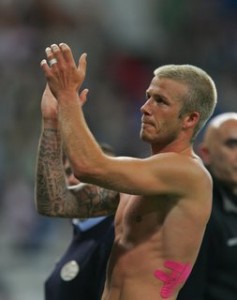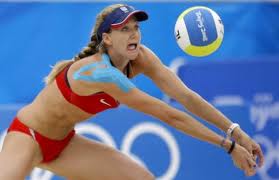Pilates Certification
Owner Cheri Grant is a certified Pilates instructor through Stott Pilates.
Stott Pilates Equipment:
Equipment:
- 3 Stott Rehab V2Max Pilates Reformers
- Traditional Spring Package
- Reformer box with foot strap
- Padded platform extender
- Fitness circle pro
- Maple Roll-Up pole
- Yoga Strap
Kinesiotaping: 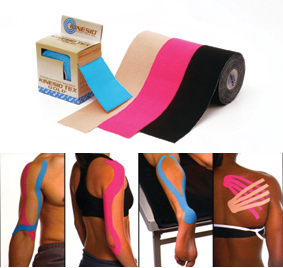
- Neuromuscular Re-Education
- Reduce Pain
- Optimize Performance
- Injury Prevention
- Promote improved circulation and healing.
LaserTouch One cold laser: 
- micro-current technology
- low level laser therapy
- micro-current electrical stimulation
- stimulates endorphin production
- muscle relaxation
- improved circulation
Superfeet: 
- reduces stress on feet, ankles and knees
- help prevent and treat plantar fasciitis, heel pain, and runner’s knee
- reduced pain from plantar fasciitis, bunions, and heel spurs
- reduces risk of injury
- improved posture and balance
- more efficient stride
Strain Counterstrain Treatment
Here is a little information on Strain Counterstrain from the Jones Institute Website (https://www.jiscs.com)
What is Strain Counterstrain?
Strain and Counterstrain, originally called “positional release technique,” was developed in 1955 by an osteopathic physician named Lawrence Jones. He is one of the co-founders of the Jones Institute. In observing a skilled Strain and Counterstrain practitioner you will immediately be impressed with how gentle and non-traumatic this technique is for treating the painful patient. A clinician is quickly able to assess the entire body for areas of pain and dysfunction and the involvement of the patient in assisting to guide the clinician’s movement of their body enhances the therapeutic benefit of the treatment. Let’s explore how this innovative system works and who can benefit from this gentle technique.
How does it work?
Strain and Counterstrain is a manual therapy technique, meaning the clinician uses only their hands, to treat muscle and joint pain and dysfunction. It uses passive body positioning of spasmed muscles and dysfunctional joints toward positions of comfort or tissue ease that compress or shorten the offending structure. The purpose of movement toward shortening is to relax aberrant reflexes that produce the muscle spasm forcing immediate reduction of tone to normal levels. This allows the joints influenced by the now relaxed muscle to function optimally increasing its range of motion and easing muscle pain. Strain and Counterstrain is an effective but extremely gentle technique because its action for treatment moves the patient’s body away from the painful, restricted directions of motion.
Who Can Benefit From Strain and Counterstrain?
Strain and Counterstrain has an extremely broad application for physical ailments and can be used for the very acute traumas (i.e., sports injuries, motor vehicle accidents, ankle sprains, post-surgical, etc.) to the more chronic (i.e., osteoarthritis, fibromyalgia, TMJ pain, headaches, etc.). Its value with the acute patient is unmatched because it is so gentle and non-traumatic. The clinician is guided by what feels good to the patient and often dramatic changes are made in decreased pain, muscle guarding, and swelling. These changes facilitate the patient’s healing processes for a faster and complete recovery. The gentleness of strain and counterstrain makes it safe and effective for treating fragile patients (i.e., infants with torticollis, elderly patients with osteoporosis, stress fractures, pregnancy or pelvic pain patients, post-operative pain, etc.) and the pain associated with excessive joint motion or hyper-mobility. Strain and Counterstrain is valuable for the chronic pain patient because it will treat out a longstanding neuromuscular problem reducing the tone of a muscle in spasm. By diminishing he spasm muscle pain is abated and joint function is normalized.
